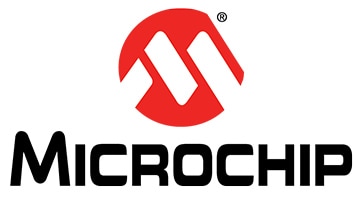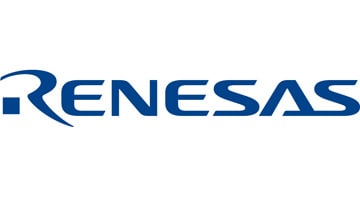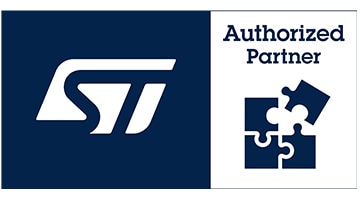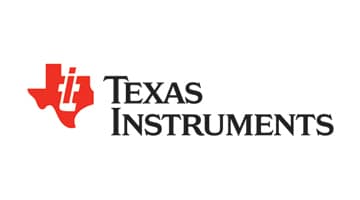Overview
| Topology | Other Topology |
| IC revision | B |
Description
Phased array beamforming has been used in radar and communication systems since the mid-20th century. In recent years, these systems have seen extensive adoption in areas such as 5G mobile communications, military and commercial radars, satellite communications, and automotive applications.Phased array antennas (or beamforming antennas) have an electronically steerable radiation pattern, allowing a robust communication link to be established between two radios. Power from the transmitter can be directed toward the intended receiver, and the receiving antenna can be aimed at the transmitter. In addition, nulls in the receiver's antenna pattern can be placed to reject interfering signals, and a link can be maintained between two radios that are moving with respect to one another. Phased arrays vary widely in complexity, from a few elements in a simple linear array to thousands of elements in planar, cylindrical, conical, and other shaped arrays.Phased arrays have a steep learning curve, spanning multiple technological and engineering disciplines including microwave RF electronics, continuous and discrete-time signal processing, embedded systems, analog-to-digital and digital-to-analog converters, digital design, and computer networking. Commercial phased array systems are typically expensive and built for a single application, and are not conducive to exploration of basic concepts.The circuit shown in Figure 1 is a low cost, simplified phased array beamforming demonstration platform that offers a hands-on approach to learning about the principles and applications of phased array antennas. This complete system provides an ideal tool for proof of concept or debugging of more complex systems. It offers the opportunity to explore and understand advanced topics such as beamforming, beam steering, antenna impairments, frequency modulated continuous wave (FMCW) radar, and synthetic aperture imaging. The design consists of RF components, signal processing hardware, and contains an on-board 8-element linear array antenna that operates from 10.0 GHz to 10.5 GHz (X band). This frequency range allows common low cost motion sensor modules to be used as a microwave source.The circuit is designed to mount directly on a Raspberry Pi, and uses the PlutoSDR low cost software defined radio (SDR) module to digitize the intermediate frequency (IF) output. The software interface is through the Linux industrial input/output (IIO) framework, providing a host of debug and development utilities, and cross-platform application programming interface (API) with Python, GNURadio, and MATLAB support.Application software can run either locally on the Raspberry Pi or remotely via a wired or wireless network connection. The entire system is powered via a single 5 V, 3 A, USB-C power adapter.
Typical applications
- Phased Array Beamforming
More information
Products
| Order Code | Datasheet | Simulation | Downloads | Status | Product series | Mount | Plating | Base Material | t (mm) | L (mm) | W (mm) | H (mm) | Ingress Protection Code | PCB Thickness (mm) | f | Center Contact | Operating Temperature | Application | Interface Type | Gender | Pins (pcs) | IR (mA) | Working Voltage (V (RMS)) | Packaging | Z @ 100 MHz (Ω) | Zmax (Ω) | Test Condition Zmax | IR 2 (mA) | RDC max. (Ω) | Type | Samples | |
|---|---|---|---|---|---|---|---|---|---|---|---|---|---|---|---|---|---|---|---|---|---|---|---|---|---|---|---|---|---|---|---|---|
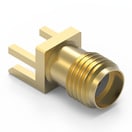 | 60312202114513 | SPEC | – | 6 files | Active i| Production is active. Expected lifetime: >10 years. | WR-SMA PCB End Launch | End Launch | – | – | – | – | – | – | None | 1.6 | DC~18 GHz | Ø 0.51 WIDE x 0.25 THK | -65 °C up to +165 °C | – | – | Jack | – | – | 335 | Tray | – | – | – | – | – | – | |
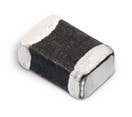 | 7427920415 | SPEC | 8 files | Active i| Production is active. Expected lifetime: >10 years. | WE-CBF SMT EMI Suppression Ferrite Bead | SMT | – | – | – | 2 | 1.2 | 0.9 | – | – | – | – | -55 °C up to +125 °C | – | – | – | – | 500 | – | – | 600 | 660 | 150 MHz | 1500 | 0.3 | Wide Band | ||
 | 36900000 | SPEC | – | 7 files | Active i| Production is active. Expected lifetime: >10 years. | Shielding Cabinet Clip | SMT | Tin | Steel | 0.15 | 6.5 | 0.8 | 1.27 | – | – | – | – | -40 °C up to +125 °C | – | – | – | – | – | – | – | – | – | – | – | – | Clip | |
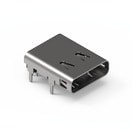 | 632723300011 | SPEC | – | 6 files | Active i| Production is active. Expected lifetime: >10 years. | WR-USB Type C Connectors | THR | – | – | – | – | – | – | – | 1.6 | – | – | -40 °C up to +105 °C | USB 3.1 | Type C | Receptacle | 24 | – | 48 | Tape and Reel | – | – | – | – | – | Horizontal |
| Order Code | Datasheet | Simulation | |
|---|---|---|---|
 | 60312202114513 | SPEC | – |
 | 7427920415 | SPEC | |
 | 36900000 | SPEC | – |
 | 632723300011 | SPEC | – |
| Samples |
|---|
| Order Code | Datasheet | Simulation | Downloads | Status | Product series | Mount | Plating | Base Material | t (mm) | L (mm) | W (mm) | H (mm) | Ingress Protection Code | PCB Thickness (mm) | f | Center Contact | Operating Temperature | Application | Interface Type | Gender | Pins (pcs) | IR (mA) | Working Voltage (V (RMS)) | Packaging | Z @ 100 MHz (Ω) | Zmax (Ω) | Test Condition Zmax | IR 2 (mA) | RDC max. (Ω) | Type | Samples |
|---|


